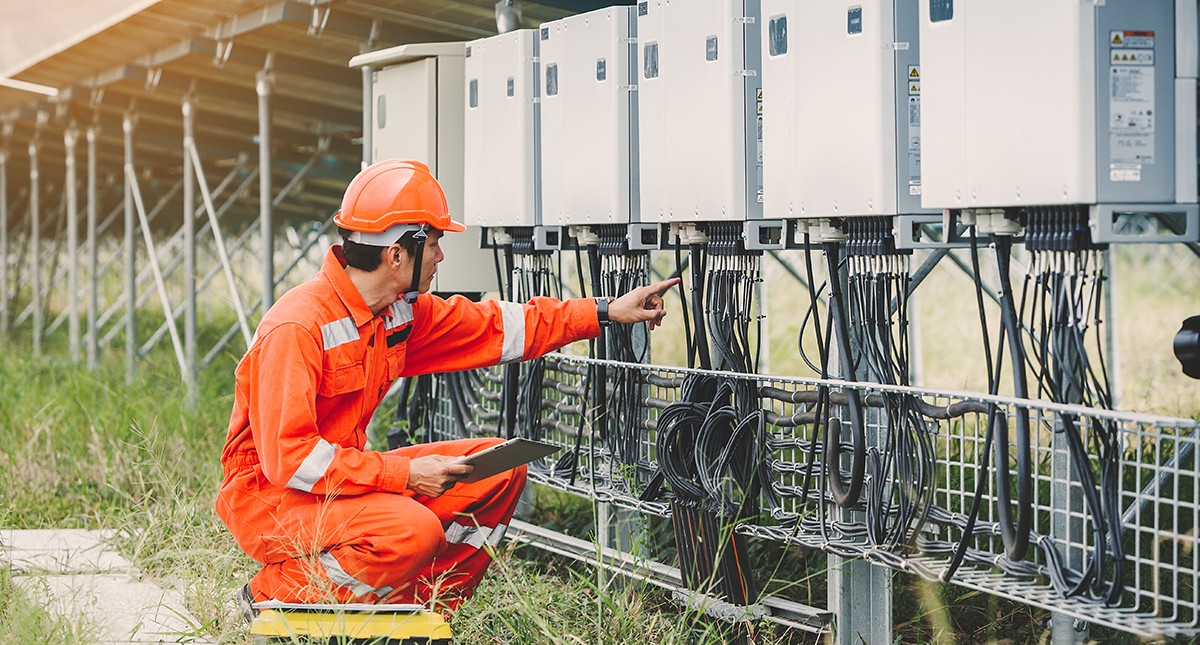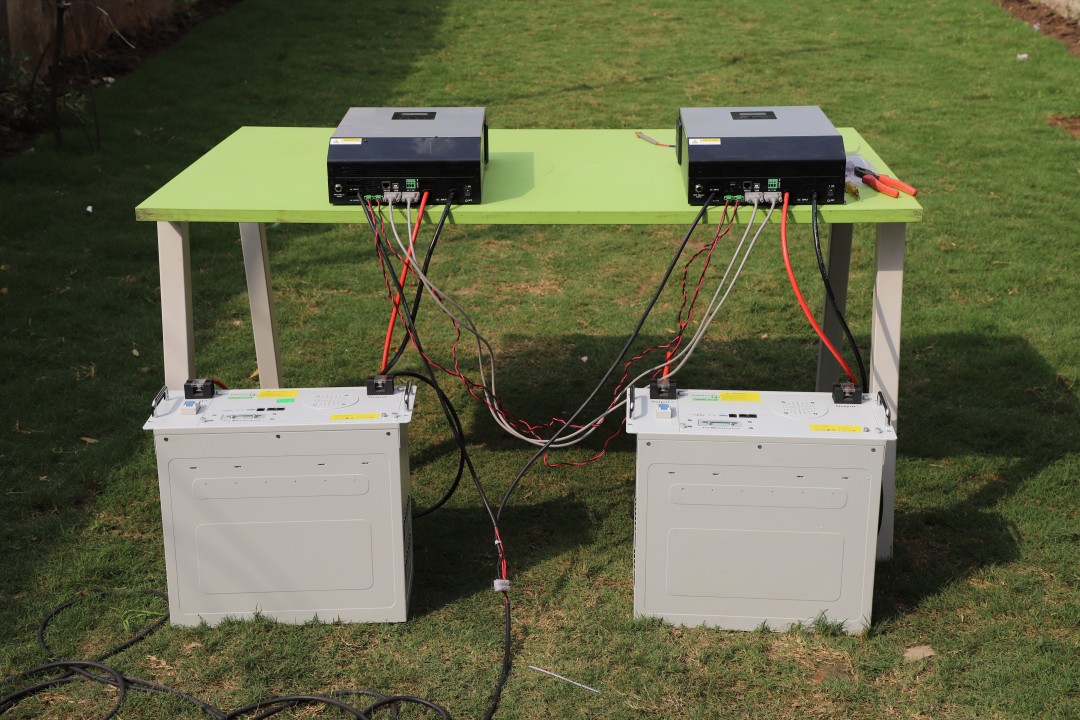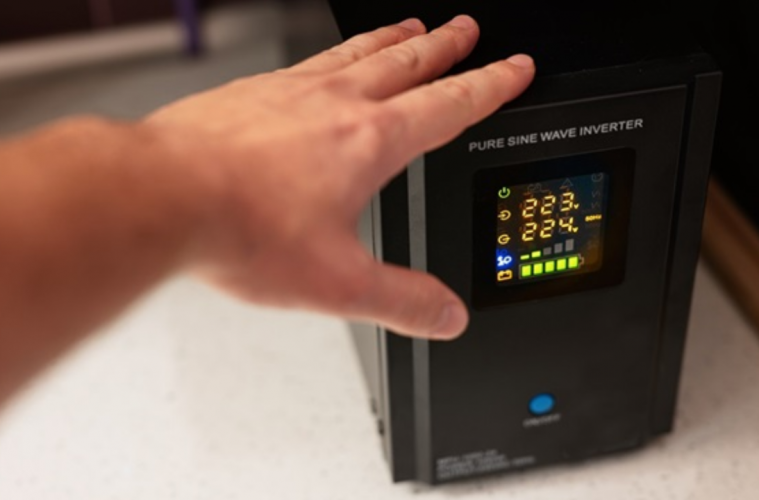Loadshedding is unrelenting, and we continue to look for ways to remedy the hours of having no electricity. Let’s unpack inverters and their batteries as just one helpful solution.
The challenge, however, is choosing the right inverter and battery for your needs.
There is no one-size-fits-all solution as the needs of every household or office are different.
To help, Orlando Luis, the CEO of Brights Hardware has provided a simple three-step guide to choosing the right inverter and battery system to fit your power needs.
1. Identify Your Power Requirements
‘Start by making a list of the devices and appliances you want to run during a power outage. Perhaps it is the TV, WiFi, a few lights, and maybe the fridge – for example. Then add up the wattage of all these items to work out your total needs per hour. An average WiFi modem uses 15 W, a TV is approximately 150 W, a fridge uses 500 W, and five 10 W LED light bulbs use 50 W – this totals about 715 W, and so a minimum 1,000 W inverter would be required:
Be aware, that it is not recommended that you run too many large appliances from an inverter system as they draw a large amount of energy.
2. Pick an inverter
Now, the next step is to buy an inverter with a capacity suitable for your needs.
‘The amount of power that the inverter is capable of supplying is known as the inverter capacity. The inverter’s rating must be at least 25% greater than the total amount of power you need to run all your devices and appliances at once.
The inverter capacity, which is measured in Volt Ampere or Watts, is directly proportional to the number of devices and appliances that you are looking to power with it. You can find the value of the inverter’s capacity in the product description when you make your purchase.
There are four main types of inverters to choose from:
Off-grid: These have no connection to Eskom, but also no ability to put energy back into the grid.
On-grid: These inverters are connected to the Eskom grid and they will also put excess power back into the Eskom grid when available.
Grid-interactive: These inverters do not have to be connected to the Eskom grid, but can be.
Hybrid: These inverters combine the characteristics of grid-interactive and on-grid inverters.
On-grid systems do not need storage/batteries; off-grid systems need sufficient batteries for energy storage, and hybrid systems require a battery storage size that is dependent on your load requirements. In all solutions, focus on meeting the needs of your household, if you prefer an expensive grid tide system, ensure that you get a qualified company to do the application to the council for approval.

Pexels
Checking the wiring before you buy:
Luis cautions that one of the crucial things to do before picking an inverter is to see if your home wiring is compatible with the inverter you are buying. ‘Consulting with your technician and determining if your home is compatible with the inverter you are planning to buy is always a good idea.
3. Get The Correct Battery
The correct battery is the backbone of an inverter system. Ensure that your inverter batteries’ capacity matches the capacity of your inverter. Note that a battery’s capacity is the electricity it can store, and the inverter capacity is the amount of electricity it can serve at a time, says Luis, who advises that Brights recommends either lithium, gel, absorbent glass matt, deep-cycle, and G/P batteries as good choices.
The battery capacity, which is calculated in Ampere hours, can be found based on the backup time needed for all your appliances. There is a simple calculation that will help you pick the perfect battery for your needs:
Multiply the wattage you need by the time you need it for. For example, if you need to run devices and appliances that total 265 W (your calculations) multiplied by 4.5 hours (the amount of time you need it for) you come out with a total of 1 192.5 Wh – this is your energy needs in Watt hours. If your chosen inverter has, for example, a 5 000 W, 48 V capacity, you then divide your total energy needs (1192.5 Wh) by the inverter’s capacity (48 V), which gives you a minimum battery capacity of 24.84 Ah. Rounding up to the nearest 100 is best – so in this instance, a 100 Ah battery would be ideal.

Inverter vs UPS
Luis advises that a UPS is better suited for PCs because an inverter takes one microsecond to fall over to the backup power, and this delay in switching may harm the system. Inverters are better for powering appliances such as fans, lights, TVs, etc.
‘An inverter is a great investment to keep your home and office running effectively during power outages.’ Following this inverter buying guide will help you buy one that satisfies all your relevant power requirements.
ALSO SEE:
A version of this article was published in the July 2023 print edition of Garden&Home magazine.
Feature image: Pexels


